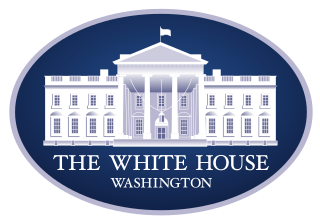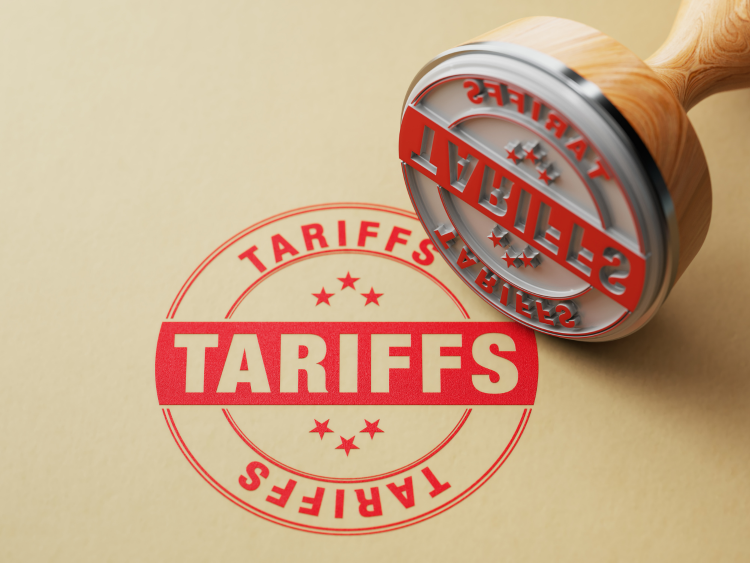Trade Cases

Leibowitz: Utilities brace for higher Section 301 tariffs - and higher costs
Written by Lewis Leibowitz
August 25, 2024
The utility industry has sounded the alarm over potential increases in Section 301 tariffs affecting solar photovoltaic cells, batteries, and transformers.
The Office of the US Trade Representative (USTR) and the White House have unveiled proposals to increase the current 7.5% tariffs to 25% after the end of this month. An announcement is pending.
Players in the utility industry face a number of challenges to maintain electric generation and distribution. Demand for electricity has surged and is very likely to increase dramatically from here because of the increasing demand for electric vehicles and the proliferation of data centers, which gobble up huge amounts of electricity.
The power grid is becoming more obsolete, and retrofitting existing power lines with more efficient wiring and transformers (and the steel towers that hold them) will demand more materials.
China is an important source of vital materials for these efforts. The Biden administration seems to propose tariff increases to “punish” Chinese manufacturers by reducing demand for their products.
That does not work, because the tariffs are ultimately paid by US consumers, not Chinese producers. The skyrocketing demand for such materials as rare earth metals and electrical steel assures that Chinese producers will not pay the tariffs. But price increases will be passed along to customers.
The administration also hopes that the increased tariffs will cause companies to turn to non-Chinese suppliers or build facilities in the US. This is a “chicken and egg” problem. There are serious obstacles, for example, to new mining of lithium and rare earth metals in the US. Environmentalists oppose new mining as a matter of principle, and the administration needs their votes in November.
On balance, increasing tariffs to encourage domestic manufacturing doesn’t really work in a 21st-century economy. A better way is to encourage production through incentives to – wait for it – increase production. The administration has picked a couple of industries to do this. The CHIPs Act to subsidize production of semiconductors in the US is perhaps the clearest example.
Here is an idea: Maybe our leaders should focus more energy (pun intended) on supporting new production of electrical steel so that it becomes economic to make more transformers and electric motors in the US.
Editor’s note: This is an opinion column. The views in this article are those of an experienced trade attorney on issues of relevance to the current steel market. They do not necessarily reflect those of SMU. We welcome you to share your thoughts as well at info@steelmarketupdate.com.

Lewis Leibowitz
Read more from Lewis LeibowitzLatest in Trade Cases

SMU Survey: Less support seen for Trump tariff policies
Meanwhile, an increasing number think it's too early to say whether the penalties are going to bring more manufacturing to the US.

CRU: USW seeks exclusion for Canada from Trump’s tariffs
The union is also urging stronger enforcement against countries such as China which break trade rules, and a coordinated Canada-US strategy to protect union jobs across the North America

Price on trade: A lot happened last week – and it wasn’t all about tariffs
Should foreign investment be allowed to reshape the American steel Industry? Not to be lost in the recent on-again-off-again tariff frenzy, Nippon Steel’s proposed takeover of U.S. Steel has also found itself in President Trump’s crosshairs when it comes to trade and industrial policy. Nippon Steel initially announced its nearly $15-billion bid for U.S. Steel […]

Trump signs executive order aimed at making US shipbuilding ‘great again’
President Trump on Wednesday signed an executive order meant to breathe new life into American shipbuilding and curb Chinese dominance in the sector.

Trump still against selling USS to Japanese firm: Report
Despite ordering a new review of Nippon Steel’s bid for U.S. Steel, President Trump said he is still against selling USS to a Japanese company, according to media reports.
